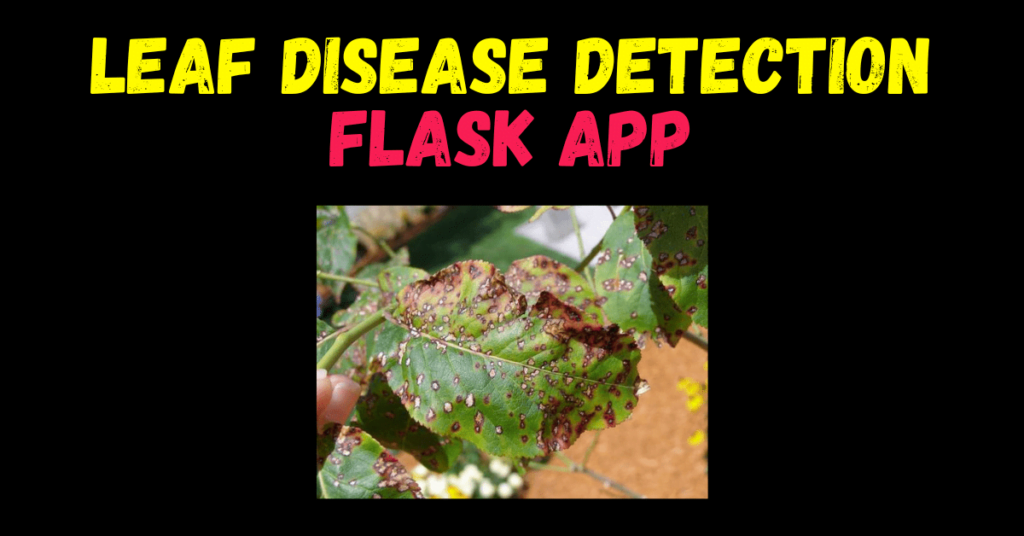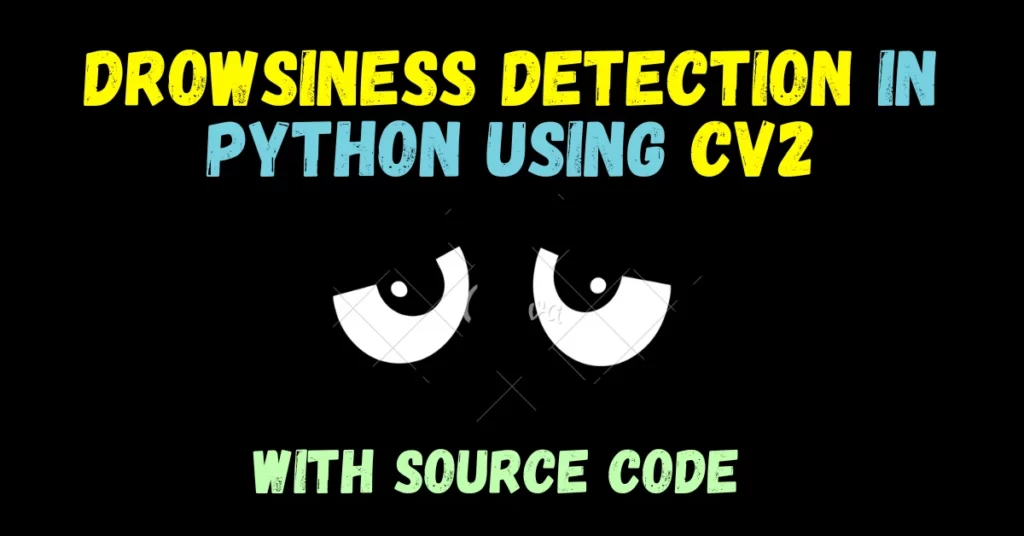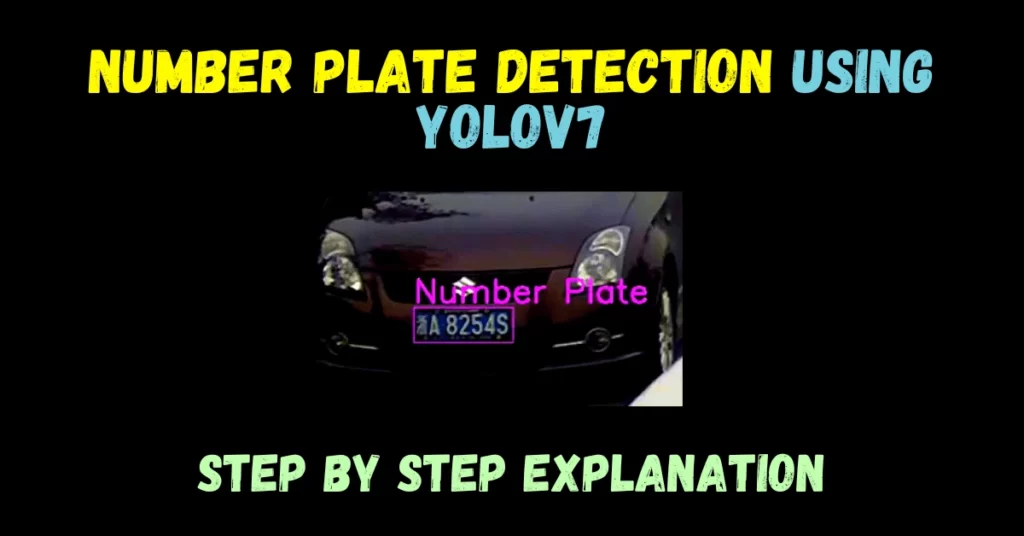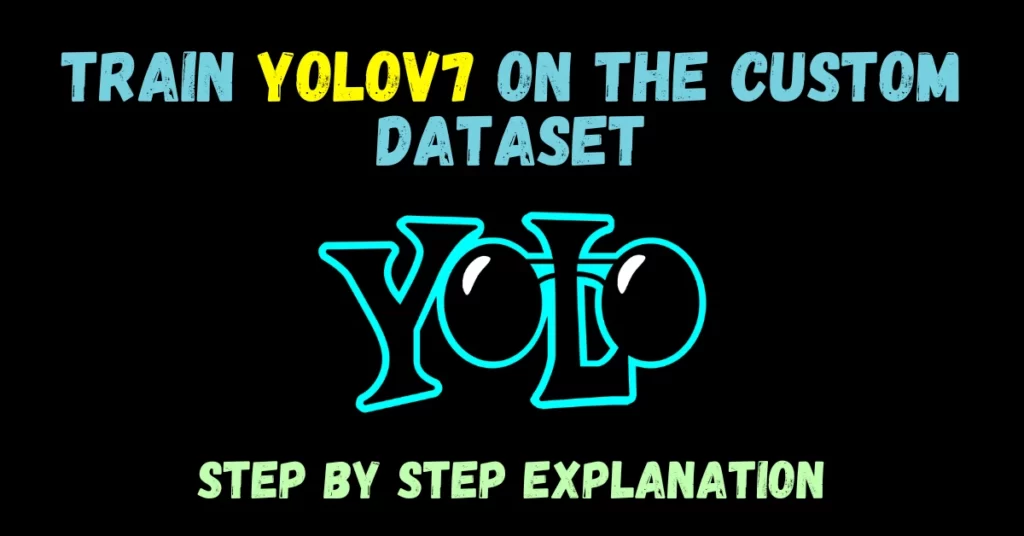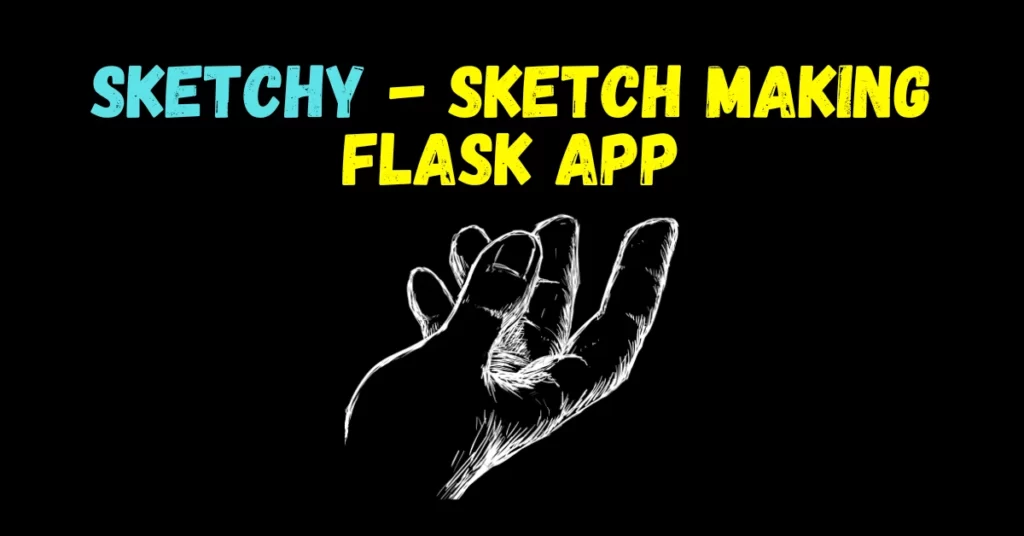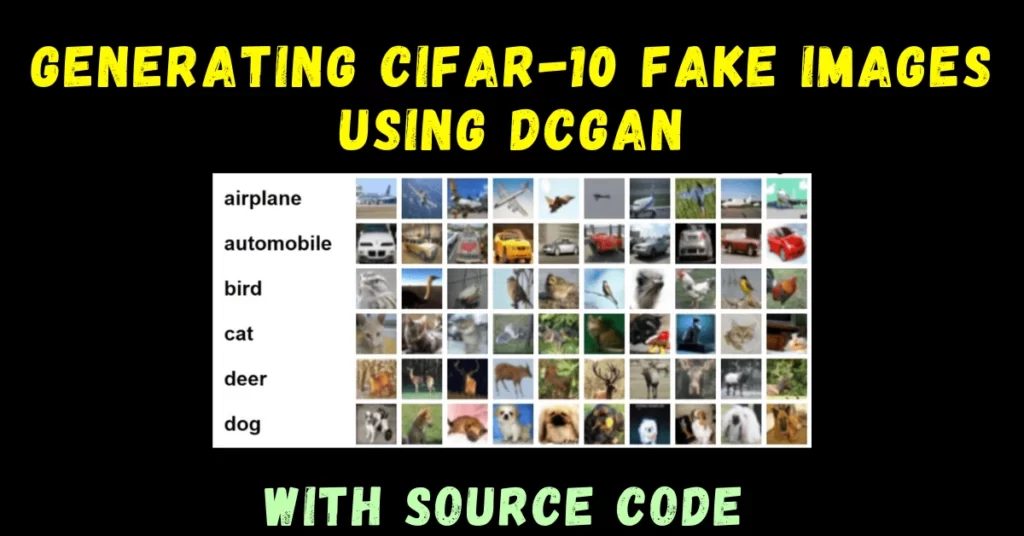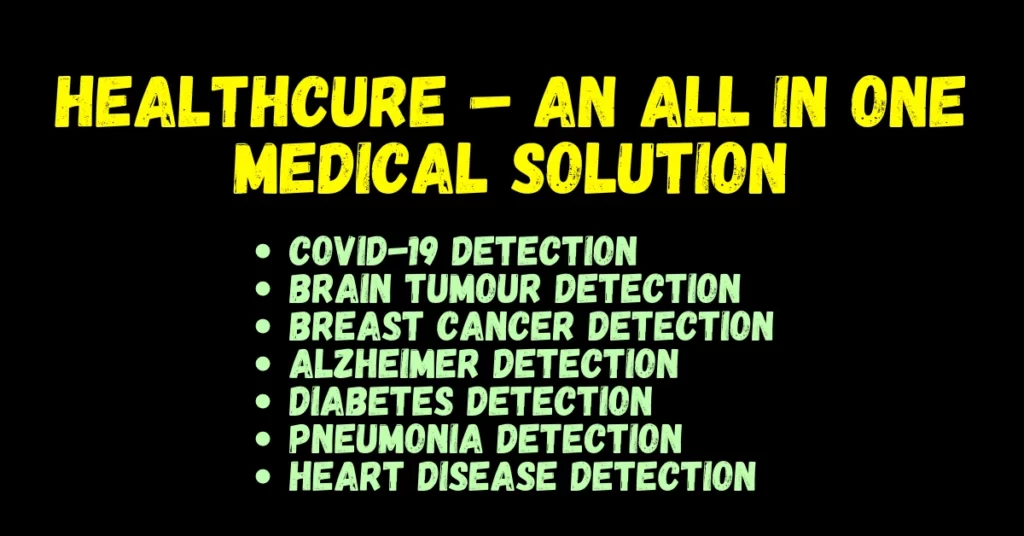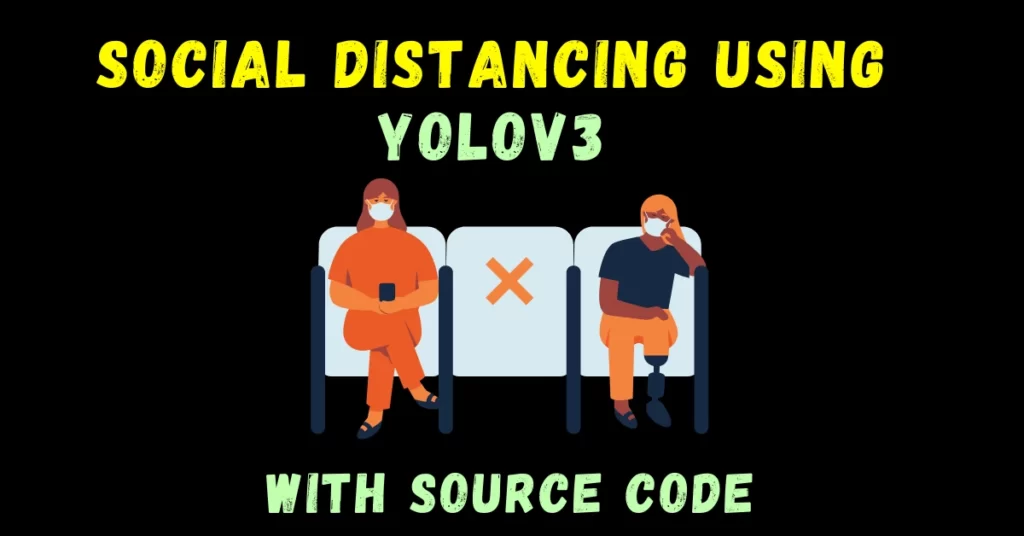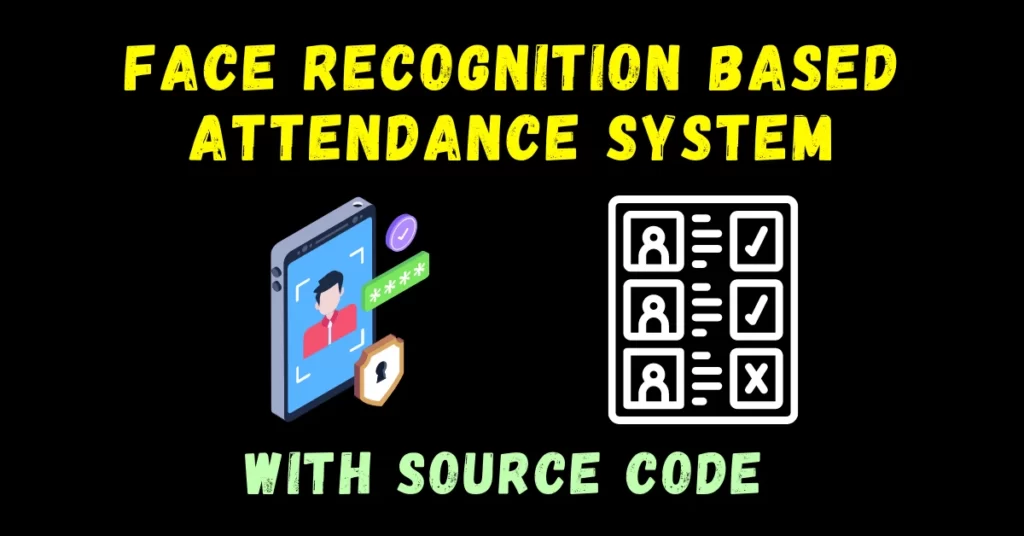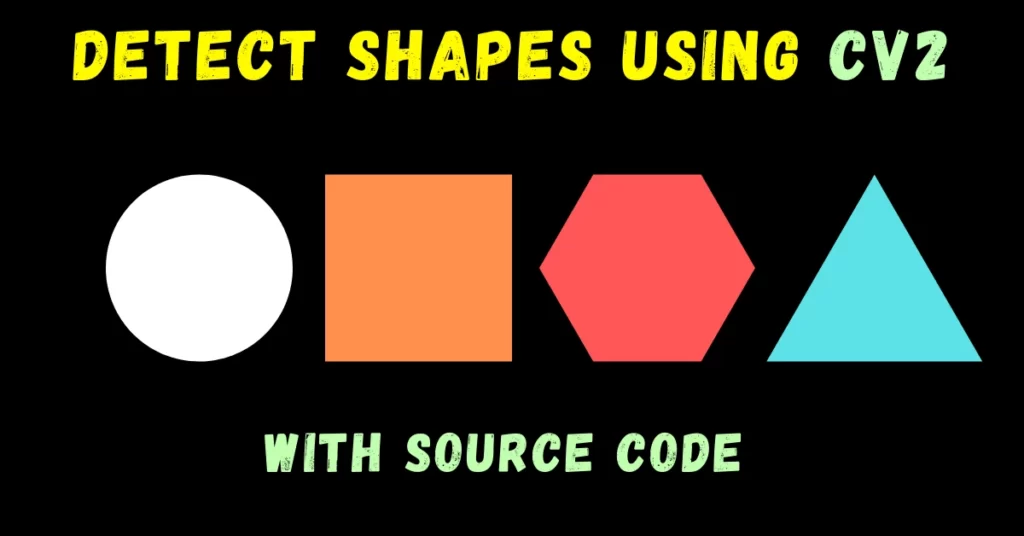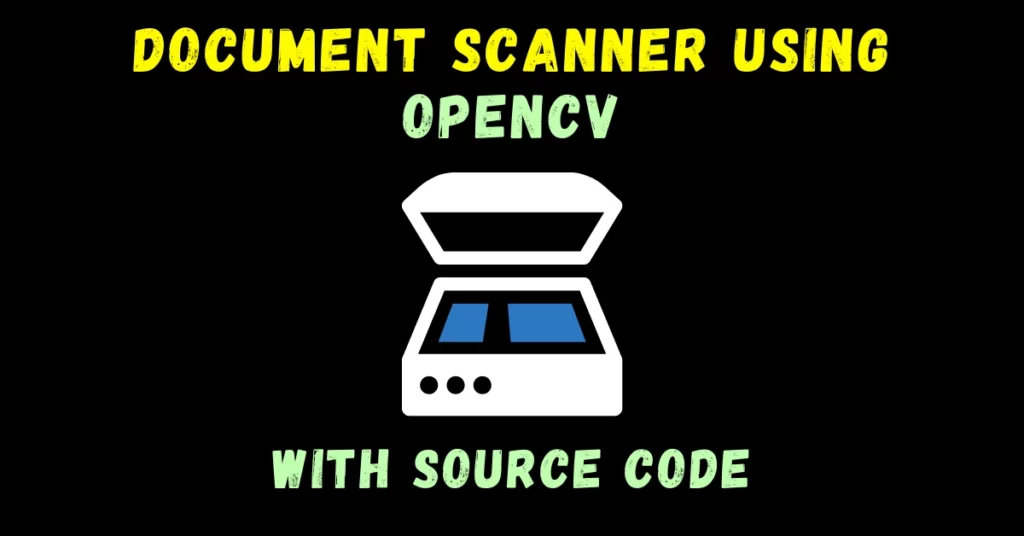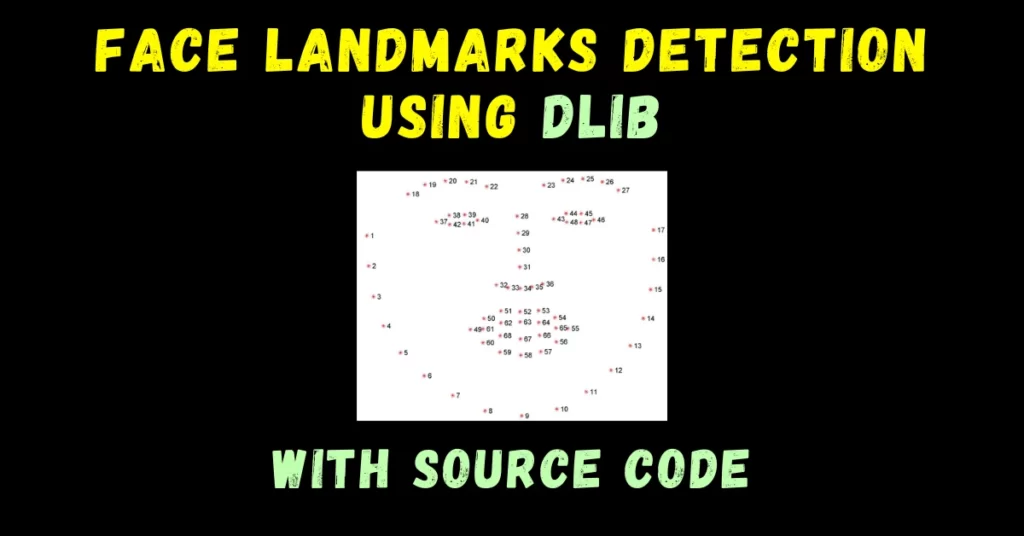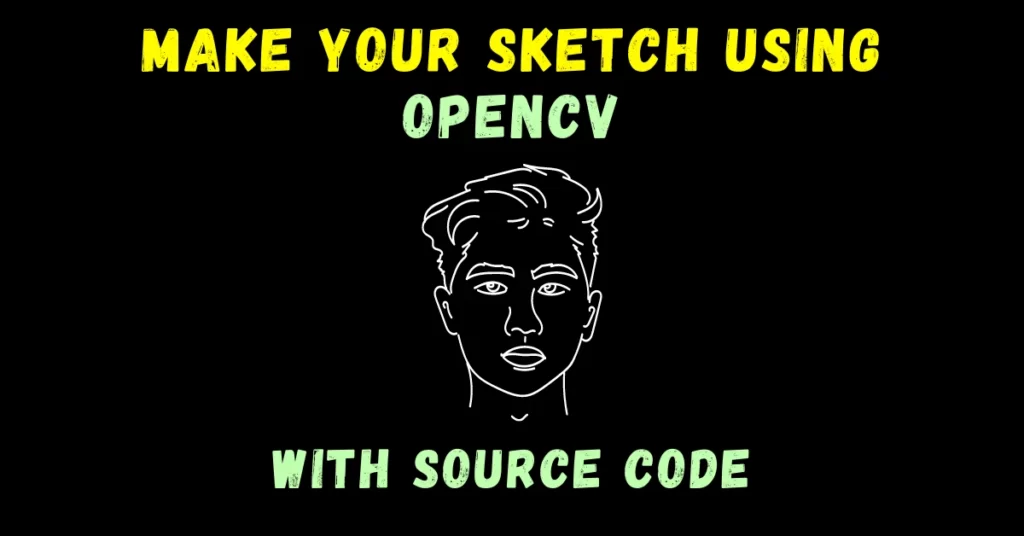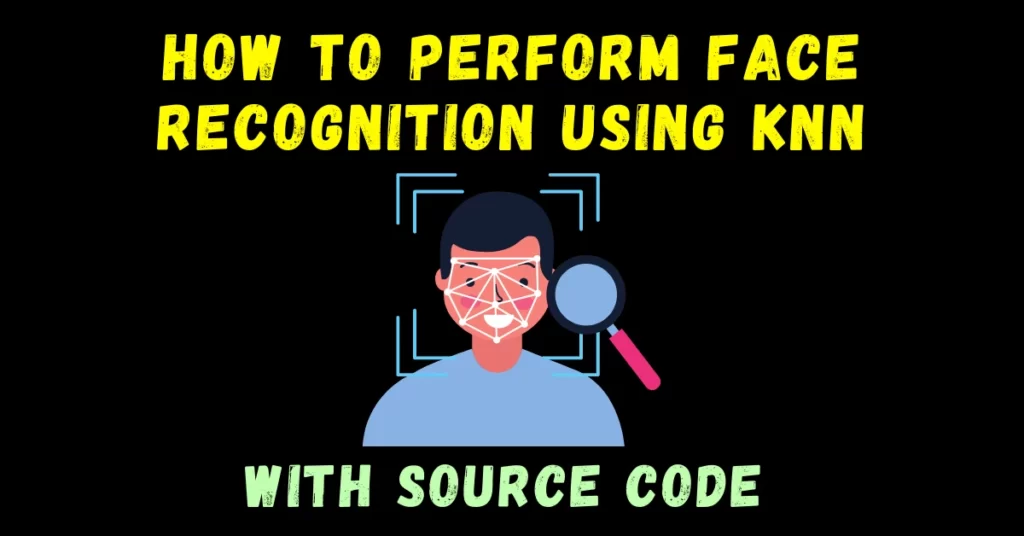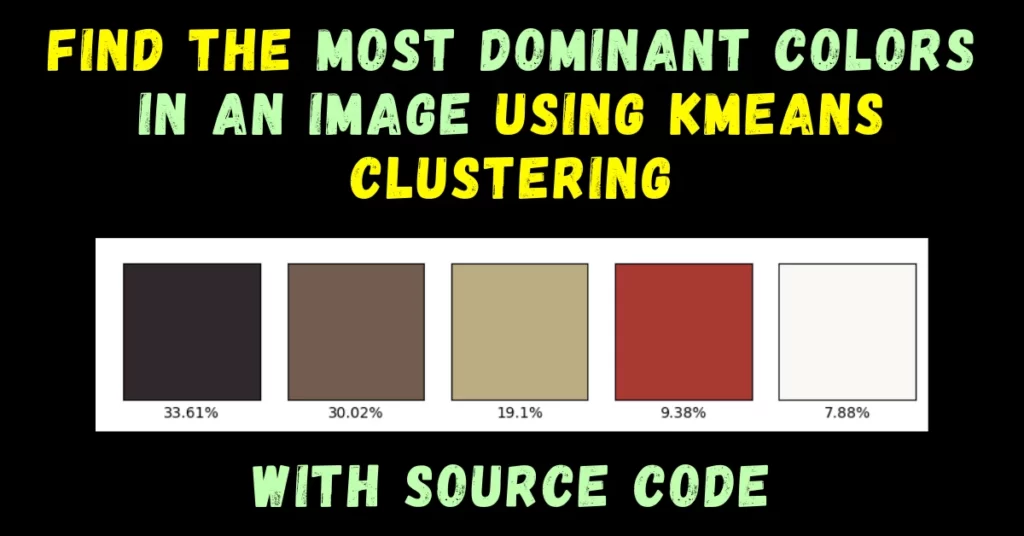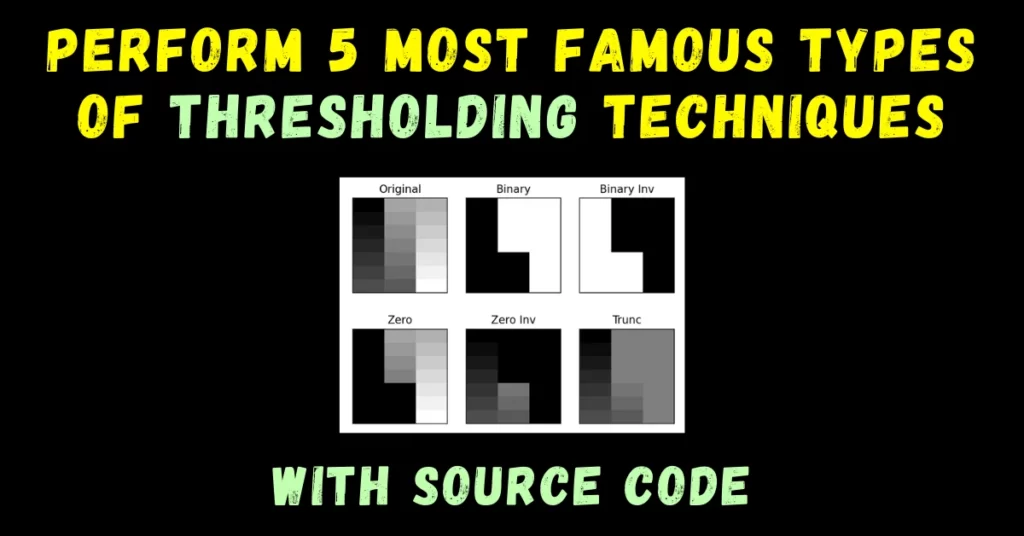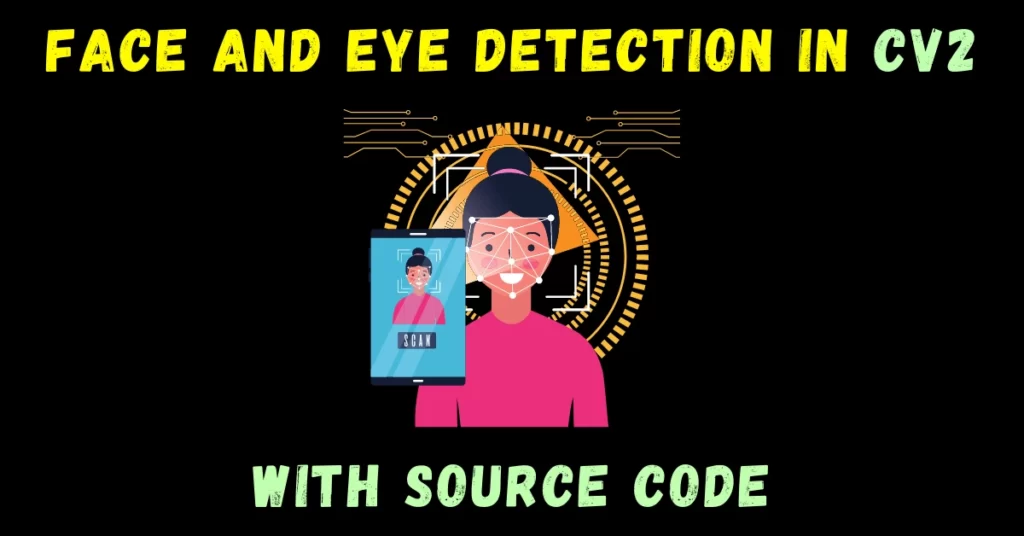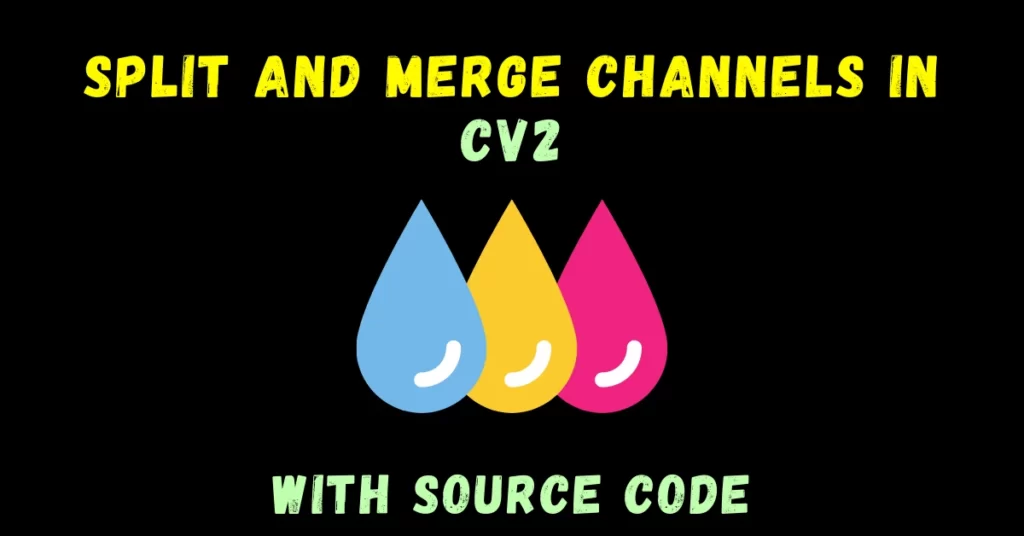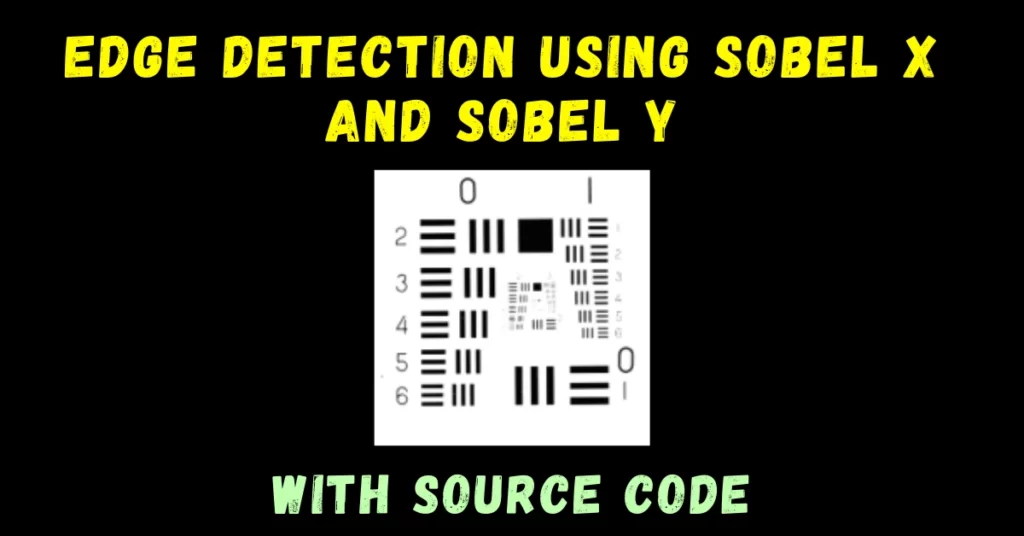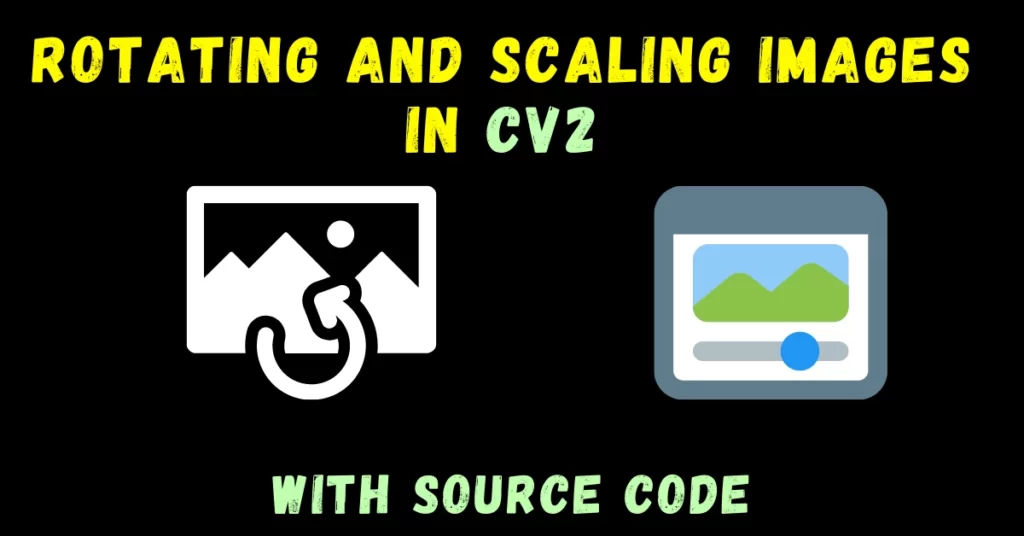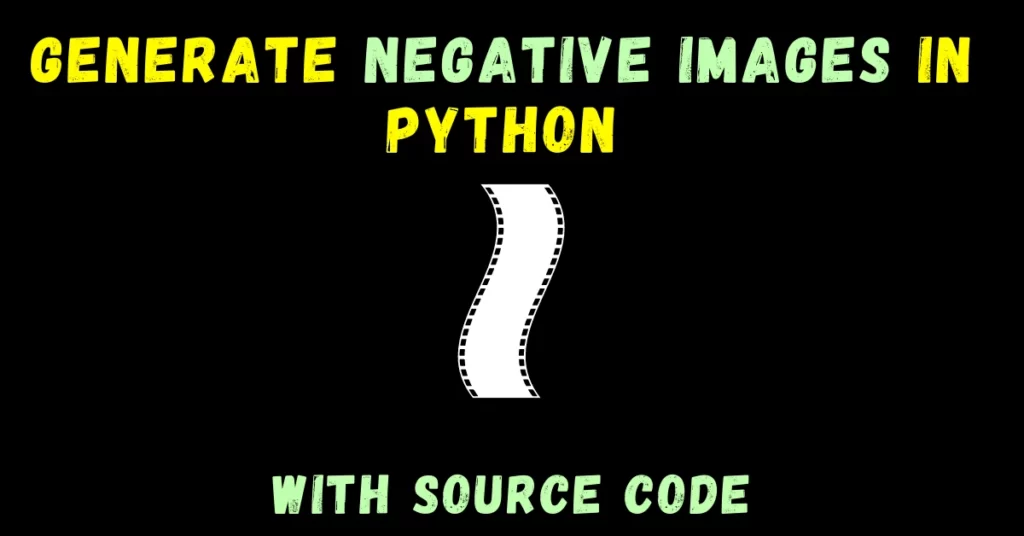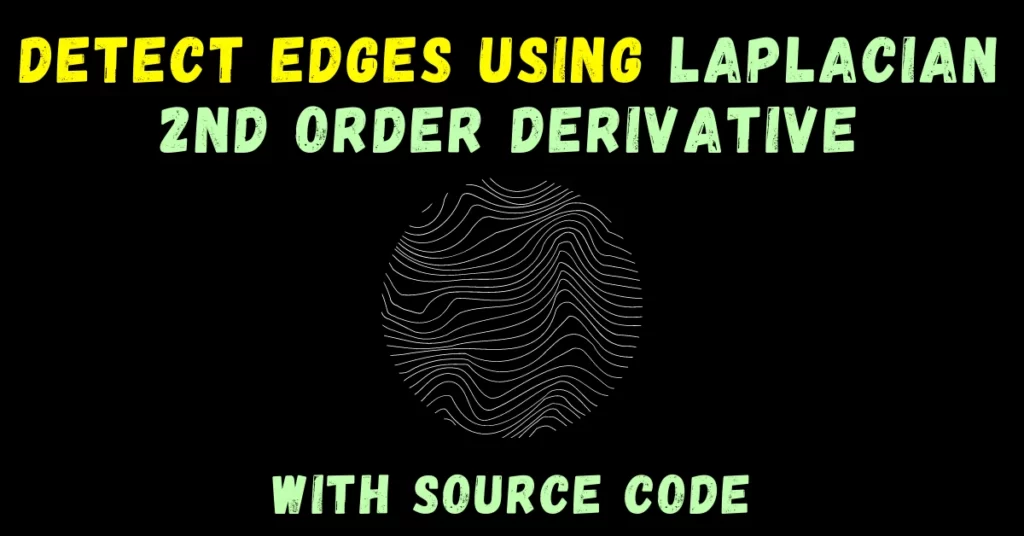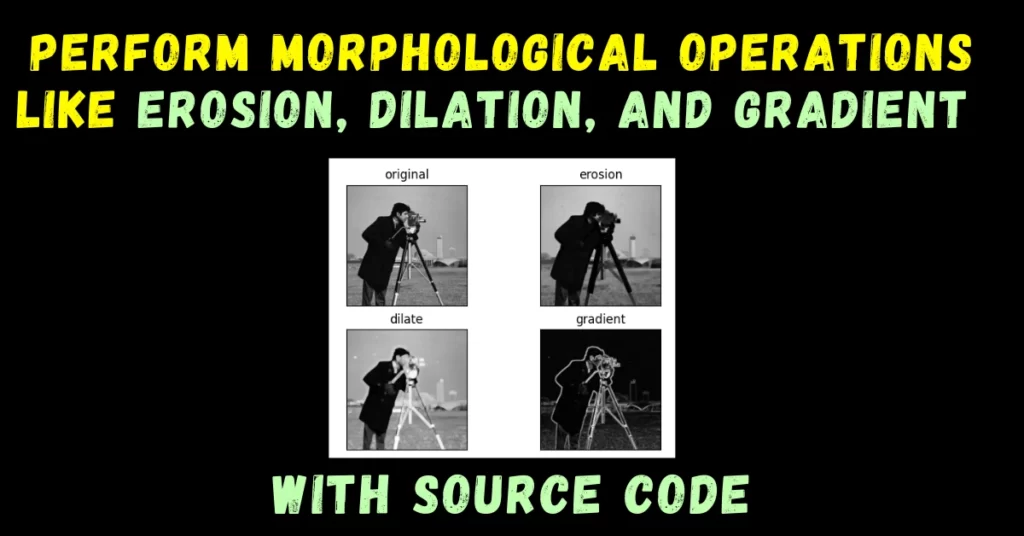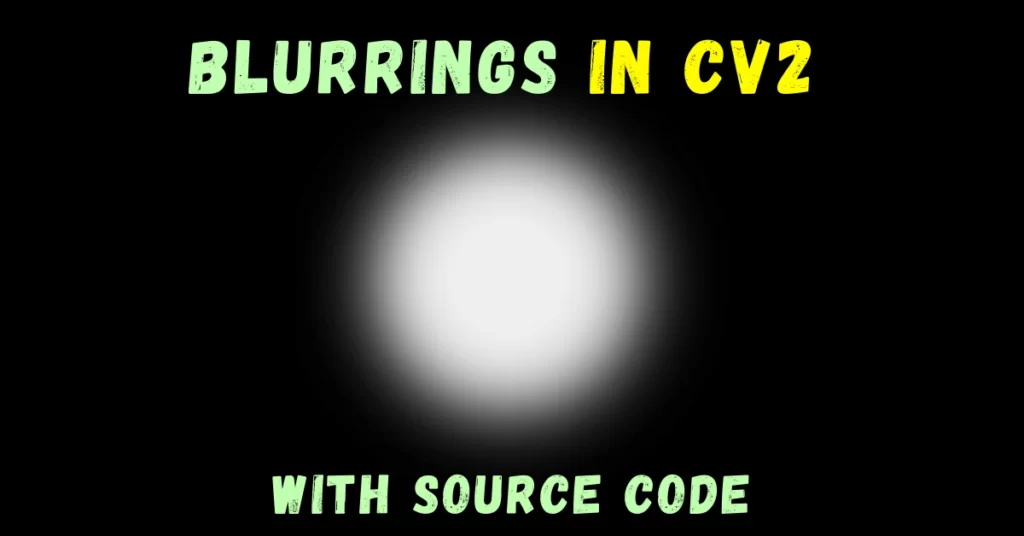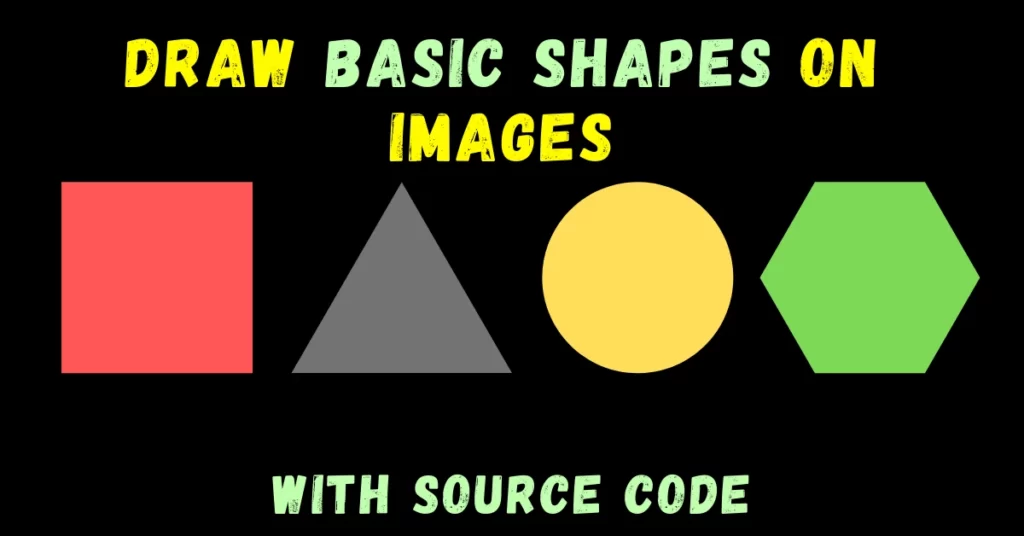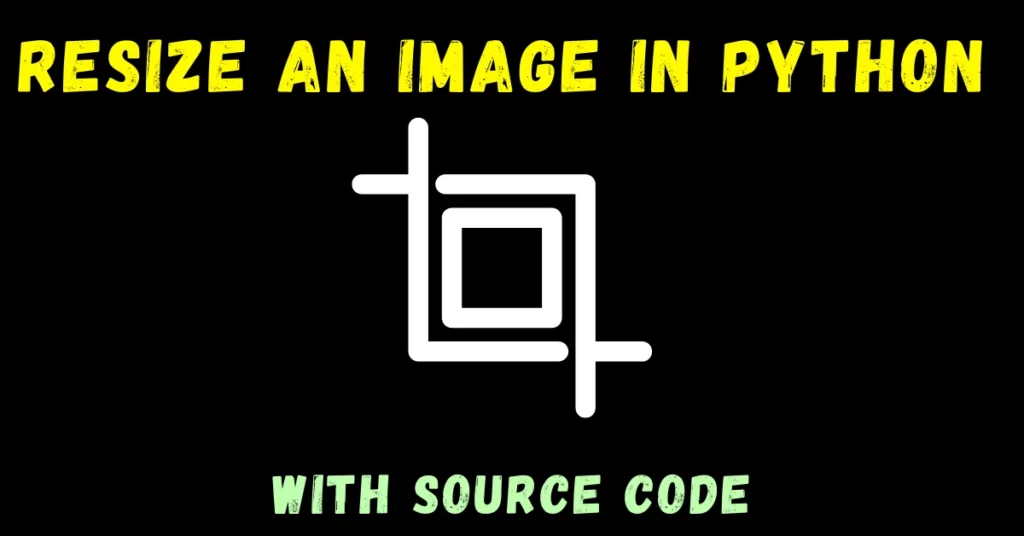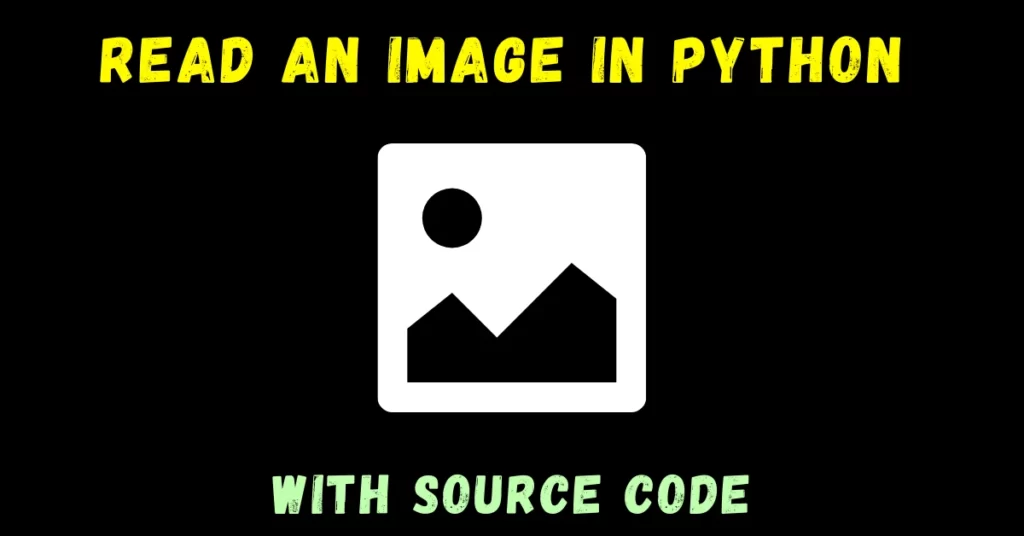Computer Vision Projects with Source Code
Hey guys, here you can find your next Computer Vision Projects with proper explanation and source codes provided.
It is always good to have practical insight into any technology that you are working on. Though textbooks and other study materials will provide you with all the knowledge that you need to know about any technology but you can’t really master that technology until and unless you work on real-time projects.
Unique and Interesting Computer Vision Projects with Source Code
- Background Remover Flask App using Python – 2023
- Leaf Disease Detection Flask App – with source code – 2023
- Drowsiness Detection using cv2 in Python – interesting project – 2023
- Realtime Number Plate Detection using Yolov7 – Easiest Explanation – 2023
- Easiest way to Train yolov7 on the custom dataset – 2023
- Blur Faces in Live Feed using OpenCV and Python – 2023
- Sketchy – Sketch making Flask App – Interesting Project – 2023
- Generating cifar-10 fake images using Deep Convolutional Generative Adversarial Networks (DCGAN) – 2023
- Helmet and Number Plate Detection and Recognition using YOLOv3 – interesting project – 2023
- HealthCure – an all in one medical solution – medical project – 7 disease detections – 2023
- Invisible Man using Mask-RCNN – with source code – fun project – 2023
- Sudoku Solver – with source code – fun project – easiest way – 2023
- Object Detection using SSD – with source code – easiest way – fun project –2023
- Social Distancing using YOLOv3 – Object Detection – with source code – fun project – 2023
- Face Recognition-Based Attendance System – with source code – Flask App – With GUI – 2023
- How to detect shapes using cv2- with source code – easy project – 2023
- Document Scanner using OpenCV – with source code – easiest way – 2023
- Face Landmarks Detection using dlib – with source code – easy implementation – 2023
- Make your Sketch using OpenCV in Python – simplest way – easy project – 2023
- How to perform Face Recognition using KNN – with source code – interesting project – 2023
- Immortal Snake game in Python using OpenCV- with source code – fun project – 2023
- How to find the most dominant colors in an image using KMeans clustering – with source code – interesting project – 2023
- Top 5 Types of thresholding techniques in Python using OpenCV – 2023
- Face and Eye detection in cv2 using Haarcascades – with source code – easiest way – 2023
- Harry’s Invisibility Cloak – less than 50 lines of code – with source code – easiest explanation – 2023
- How to split and merge channels in cv2 – 2023
- How to perform edge detection using Sobel X and Sobel Y in cv2 – easiest explanation – 2023
- Rotating and Scaling Images using cv2 – a fun Python application – 2023
- How to use mouse clicks to draw circles in Python using OpenCV – easy project – 2023
- How to repair damaged images using inpainting methods in Python using OpenCV – 2023
- How to generate negative images in Python using OpenCV – interesting project – 2023
- How to detect edges using Laplacian 2nd order derivative in Python using OpenCV – easy project – 2023
- How to plot a Histogram of a grayscale image in 2 ways in Python using OpenCV – 2023
- How to denoise an Image using Median Blur in Python using OpenCV – easy project – 2023
- How to perform Morphological Operations like Erosion, Dilation, and Gradient in Python using OpenCV – easiest explanation –2023
- How to detect contours in an Image in Python using OpenCV – easy project – 2023
- How to plot Color Channels Histogram of an Image in Python using OpenCV – 2023
- Blurrings in cv2 – Simple Blur, Box Blur, Gaussian Blur, and Median Blur – 2023
- BGR Palette in OpenCV – a fun application in Python – 2023
- How to draw basic shapes on Images in Python using OpenCV – easy project – 2023
- How to resize an image in Python using OpenCV – 2023
- How to read an image in Python using OpenCV – 2023
End to End Computer Vision Projects for Students
This is a project that I chose as my college’s final year major project and guess what, it went pretty well. This project uses various advanced techniques like CNNs, VGGs, XGBoost, etc for performing 7 disease detections. This is one of the best Machine learning projects in Python.
Main Page

Results

These 7 detections are Covid Detection, Alzheimer Detection, Brain Tumor Detection, Breast Cancer Detection, Pneumonia Detection, Heart Disease Detection, and Diabetes Detection.
This project can be your Machine learning project with source code for the final year. I myself made this as my final year major project.
In this blog, we will use Single Shot Detections for performing Object Detection using SSD in the simplest way possible. SSDs are very fast in Object Detection when compared to those big boys like R-CNN or Fast R-CNN, etc. This is going to be a very fun project with endless use cases.
This project can be your Machine learning project with source code for the final year.
In this project, we will perform pedestrian detection using HOG short for Histogram for Gradients. HOGs are great feature detectors and can also be used for object detection with SVM but due to many other State of the Art object detection algorithms like YOLO, and SSD, present out there, we don’t use HOGs much for object detection.
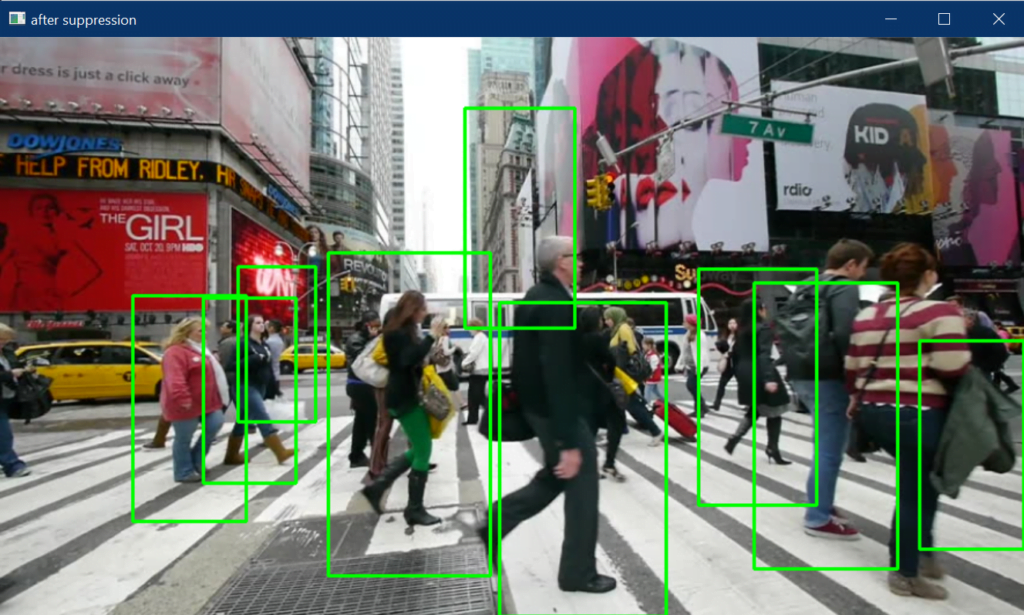
This is also a very advanced project in which I used object detection on a camera’s live feed or video to check if Social Distancing is being followed or not in a locality. This project also has endless future scopes.
This project can be your Machine learning project with source code for the final year.
As the name says this project takes attendance using biometrics (in this case face) and is one of the most famous projects among college students out there.
So guys in this project we will see how we can implement Helmet and Number Plate Detection and Recognition in Python using YOLOv3 and some other Computer Vision techniques. This is a very advanced project which you can use for your college minor projects as well as major projects. So without wasting any further time.
Our main motive behind Helmet and Number Plate Detection and Recognition was to first detect if someone is wearing a helmet or not, if he is wearing it, no problem, but if not, detect his number plate and send an e-challan to him.
This project can be your Machine learning project with source code for the final year. I myself made this project my Final year’s minor project.
Benefits of Computer Vision Projects
1. Practical Learning Experience:
Computer vision projects provide a hands-on learning experience that goes beyond theoretical concepts. By actively implementing algorithms and techniques, you gain practical insights into how computer vision works, bridging the gap between theory and application.
2. Real-world Application:
Working on computer vision projects allows you to witness the direct application of your skills to real-world challenges. Whether it’s object detection, image segmentation, or facial recognition, these projects showcase the tangible impact of computer vision in diverse fields.
3. Skill Enhancement:
Engaging in computer vision projects hones a variety of skills. You become proficient in programming languages like Python, gain expertise in popular libraries such as OpenCV and TensorFlow, and learn about image preprocessing, feature extraction, and model optimization.
4. Problem-solving Abilities:
Each computer vision project comes with its unique set of challenges. As you tackle these challenges head-on, your problem-solving skills are refined. You learn to troubleshoot issues, optimize model performance, and adapt solutions to specific project requirements.
5. Creative Exploration:
Computer vision projects often require creative thinking. Whether you’re designing custom object detection models or experimenting with image augmentation techniques, you have the freedom to explore innovative approaches and ideas.
6. Portfolio Development:
Completing computer vision projects contributes to a robust portfolio that showcases your practical skills. This portfolio can be invaluable when seeking internships, jobs, or collaborations, as it demonstrates your ability to work on real-world computer vision tasks.
7. Deeper Understanding:
Engaging in computer vision projects provides a deeper understanding of image processing, feature extraction, convolutional neural networks (CNNs), and more. This knowledge is fundamental for advancing in the field and developing sophisticated computer vision applications.
8. Community Engagement:
Many computer vision projects with source code are part of thriving open-source communities. Engaging with these communities allows you to connect with fellow enthusiasts, seek guidance, and collaborate on enhancing existing projects.
Conclusion
In conclusion, computer vision projects offer a wide range of exciting opportunities for anyone interested in computer vision, machine learning, and artificial intelligence. Whether you are a beginner or an experienced developer, there are many projects to choose from that can help you gain new skills and knowledge. So why not start your own computer vision project today?
FAQ
What are some unique computer vision projects with source code that I can explore?
Discover an exclusive collection of 30+ distinct computer vision projects accompanied by their comprehensive source code, designed to expand your knowledge and skills in the field.
Why should I delve into unique computer vision projects to enhance my learning journey?
Engaging with unique computer vision projects provides hands-on experience, helping you grasp complex concepts, experiment with cutting-edge techniques, and elevate your expertise.
Are the provided source codes free to access for these computer vision projects?
Absolutely! All the source codes for the featured computer vision projects are readily available for free, enabling you to delve into the technical details of each project’s implementation.
What level of expertise is required to understand and contribute to these projects?
These projects cater to various expertise levels, from beginners taking their first steps in computer vision to experienced practitioners looking to deepen their skills.
Can I utilize these computer vision projects for educational purposes and self-learning?
Certainly! These projects serve as excellent resources for self-guided learning, classroom demonstrations, workshops, and enhancing your computer vision proficiency.
How can I get started with these computer vision projects?
Each project comes with comprehensive documentation and step-by-step instructions, ensuring a smooth start. Choose a project that interests you, follow the provided guidelines, and explore the accompanying source code.
Am I allowed to modify the source code of these projects to suit my needs?
Absolutely. Modifying the source code is not only permitted but encouraged. Adapting the projects to match your requirements allows you to experiment and broaden your computer vision skills.
Do these projects cover various subdomains within computer vision?
Yes, the collection encompasses projects spanning diverse subdomains such as image recognition, object detection, facial analysis, and more, offering a comprehensive exploration of computer vision applications.
Are these projects designed for individual developers or collaborative teams?
These projects are flexible and can be undertaken individually to enhance your skills or collaboratively to foster teamwork and shared learning experiences.
How can I showcase the computer vision projects I’ve mastered to potential employers or peers?
Upon completing a project, consider adding it to your portfolio, GitHub repository, or personal website. Demonstrating your hands-on project experience can make you stand out in the field.
Can these projects be applied in research or commercial contexts?
While primarily educational, these projects might serve as stepping stones for advanced research or commercial ventures. Always ensure compliance with relevant licenses and ethical guidelines.
How often are new projects added to the collection?
The project list is regularly updated with new additions to keep it dynamic. Be on the lookout for fresh projects and exciting updates to the collection.
Is there an online community or forum to discuss these projects with fellow learners?
Absolutely! Join the dedicated online community or forum to connect with fellow learners, share insights, seek advice, and celebrate your project achievements together.
Which programming languages are utilized in these computer vision projects?
The projects encompass a range of programming languages commonly used in computer vision, such as Python, OpenCV, TensorFlow, and more, allowing you to choose projects aligned with your language preferences.
How can I contribute my unique computer vision project to the list or propose a new idea?
If you have a distinctive computer vision project with source code that you’d like to share or suggest, feel free to contact us through the provided channels. Your contributions play a role in enriching the project list.
Check out my other machine learning projects, deep learning projects, computer vision projects, NLP projects, and Flask projects.

